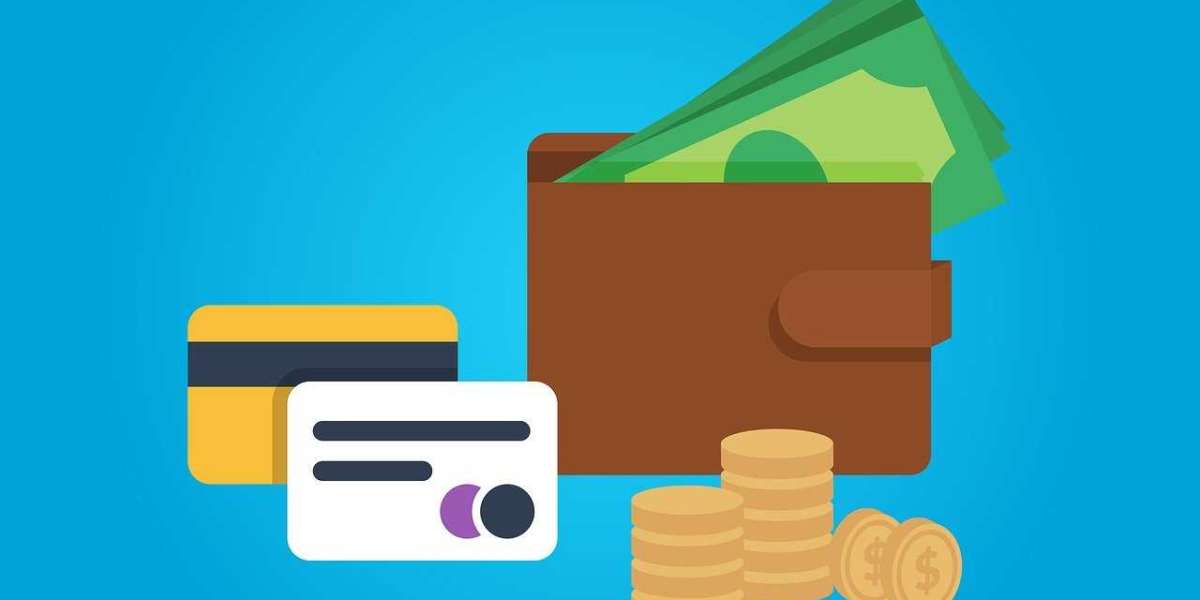1. Inflation:
Inflation, the rate at which prices for goods and services rise, is a primary factor in determining interest rates. When inflation is high, lenders demand higher interest rates to compensate for the decreased purchasing power of money. Conversely, low inflation often leads to lower interest rates.
2. Economic Growth:
When the economy is growing, demand for loans and credit typically increases. This demand can push interest rates higher as lenders have more opportunities to lend at higher rates. In contrast, during periods of slow economic growth, interest rates may fall to encourage borrowing and investment.
3. Central Bank Policies:
Central banks, such as the Federal Reserve in the United States, play a crucial role in setting interest rates. They adjust rates to control inflation, stabilize the currency, and foster economic growth. For example, to combat inflation, a central bank may raise interest rates, making borrowing more expensive and slowing down the economy.
4. Market Demand for Credit:
The supply and demand for credit also affect interest rates. If there is high demand for loans and a limited supply of credit, interest rates tend to rise. Conversely, if there is plenty of credit available but little demand, rates may fall.
5. Government Debt:
The amount of government debt can influence interest rates. When governments borrow heavily, they often issue bonds to finance their debt. If the supply of bonds exceeds demand, the government may need to offer higher interest rates to attract buyers, which can drive up overall market interest rates.
6. Foreign Exchange Rates:
Exchange rates can impact interest rates, especially in open economies. When a country’s currency strengthens, its interest rates may need to increase to attract foreign investors. On the other hand, if the currency weakens, the country may lower rates to encourage economic activity.
7. Monetary Policy Expectations:
Expectations of future monetary policy changes can also affect interest rates. For example, if investors anticipate that a central bank will raise rates in the future, current long-term interest rates might rise in anticipation.
8. Credit Risk:
The perceived risk associated with a borrower affects the interest rate offered. Higher-risk borrowers are charged higher interest rates to compensate for the potential risk of default.
9. Liquidity:
Liquidity refers to how easily assets can be converted into cash without affecting their price. When liquidity is low in the financial system, interest rates tend to increase as a premium for risk, whereas high liquidity generally keeps rates lower.
10. Global Economic Conditions:
Global events such as financial crises, geopolitical tensions, or economic slowdowns in major economies can influence domestic interest rates. For example, if there is a recession in a major economy, central banks worldwide may lower rates to stimulate growth.
Understanding these factors can help you anticipate changes in interest rates and make more informed financial decisions, whether you are borrowing, investing, or saving.








